Iran (IMNA) - According to the head of the Scientific Association of Gerontology of Iran, the current elderly population in Iran stands at approximately 10 million individuals. This figure is a cause for concern due to the alarming rate at which the elderly population is doubling and tripling. It is predicted that by 2051, the elderly population will triple.
Ahmad Delbari, an expert on the country's elderly population, commented on the issue. Although the last official census was conducted in 2016, demographers estimate that there are nearly 10 million elderly individuals in Iran, defined as those over 60 years old. The rapid aging of the population is a significant concern. In comparison to developed countries, where the doubling of the elderly population took several decades, the rate of growth in Iran is much higher. For instance, it took 120 years in France, 90 years in Sweden, and 75 years in the United States for the elderly population to double from 10% to 20%. However, in Iran, the rate of doubling and tripling is cause for great worry.
Delbari further highlighted that currently, there are one million people over the age of 80 and six thousand individuals over the age of 100 in Iran. However, with advancements in medical technology, life expectancy is expected to increase, resulting in even longer lifespans.
In reference to the suspension of gerontology specialist training, the director of the Gerontology Research Center expressed the following: As per international standards, our country currently requires 2300 gerontology specialists. Unfortunately, we only have 23 gerontology specialists available, all of whom are occupied with their respective specialized roles and not actively engaged in training activities.
Highlighting the importance of nurturing human resources capable of working with the elderly across various capacities, he emphasized that the elderly should not rely solely on geriatrics specialists, just as children do not require pediatricians.
Since the Iranian Revolution, there has already been a 20-year increase in life expectancy. Over the next two decades, medical progress is anticipated to further extend life expectancy. This raises important questions about the readiness of healthcare, medical, insurance, welfare, and other systems to accommodate the needs of the elderly population in 1430.
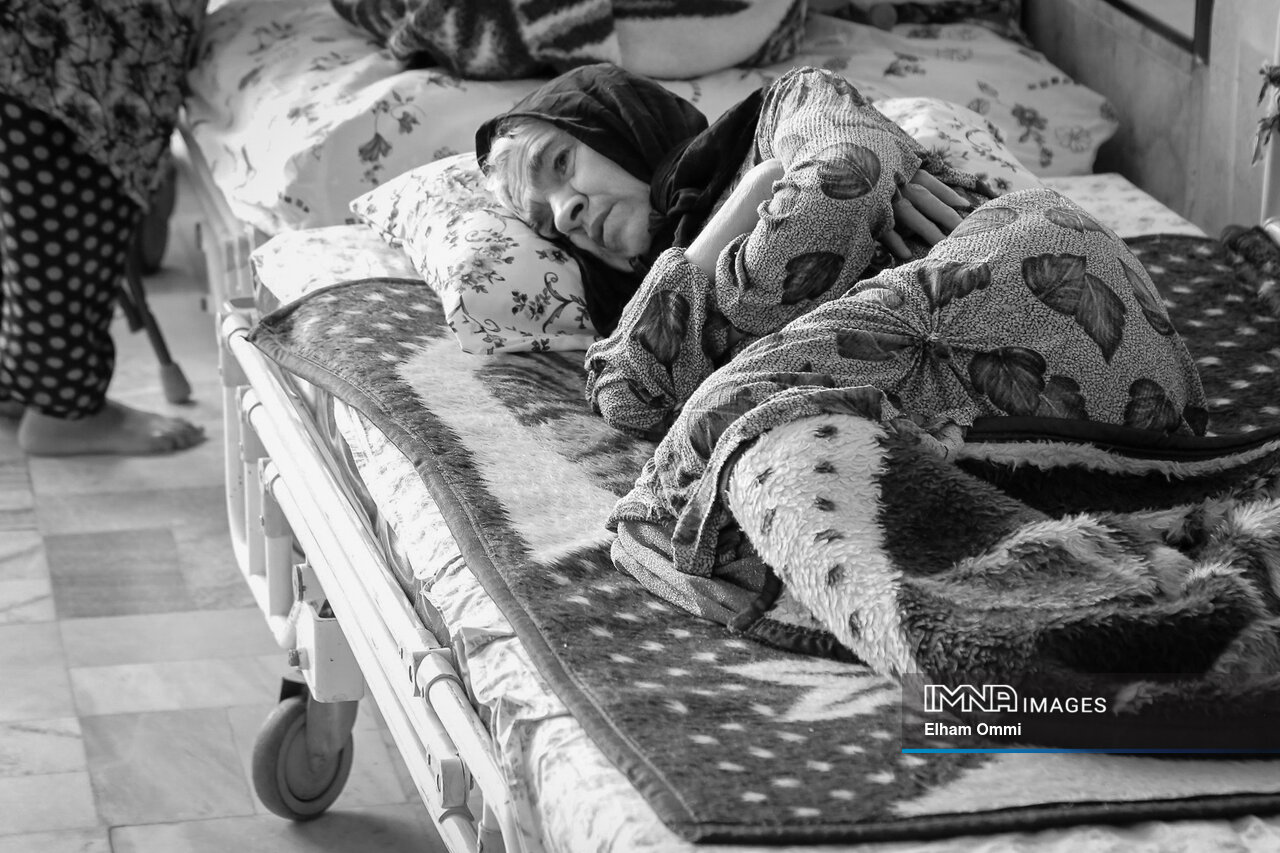
Social challenges
The growing aging population in Iran carries several social implications. First and foremost, there is an increased demand for elderly care and support services. With fewer family members available to provide care due to changing lifestyles and migration patterns, the burden on healthcare systems and social welfare organizations has intensified. This has raised concerns over the availability and quality of elderly care services.
Additionally, the changing demographic composition can lead to changes in family structures and intergenerational relationships. As the elderly population grows, the traditional role of grandparents as caregivers and knowledge holders may be affected. Adjustments in societal norms and support systems are necessary to ensure the well-being and inclusion of the elderly.
Economic implication
The aging population poses significant economic challenges for Iran. As the workforce ages, there is a decline in the number of individuals contributing to the labor market. This can result in labor shortages, skill gaps, and reduced productivity. Moreover, the dependency ratio, which measures the number of dependents relative to the working-age population, is expected to increase. This places a strain on the economy as the burden of supporting the elderly falls on a smaller proportion of the population.
Furthermore, the increased demand for healthcare services, pension schemes, and social welfare programs places additional pressure on government budgets. Adequate funding and sustainable policies are required to meet the growing needs of the aging population without compromising the overall economic stability of the country.
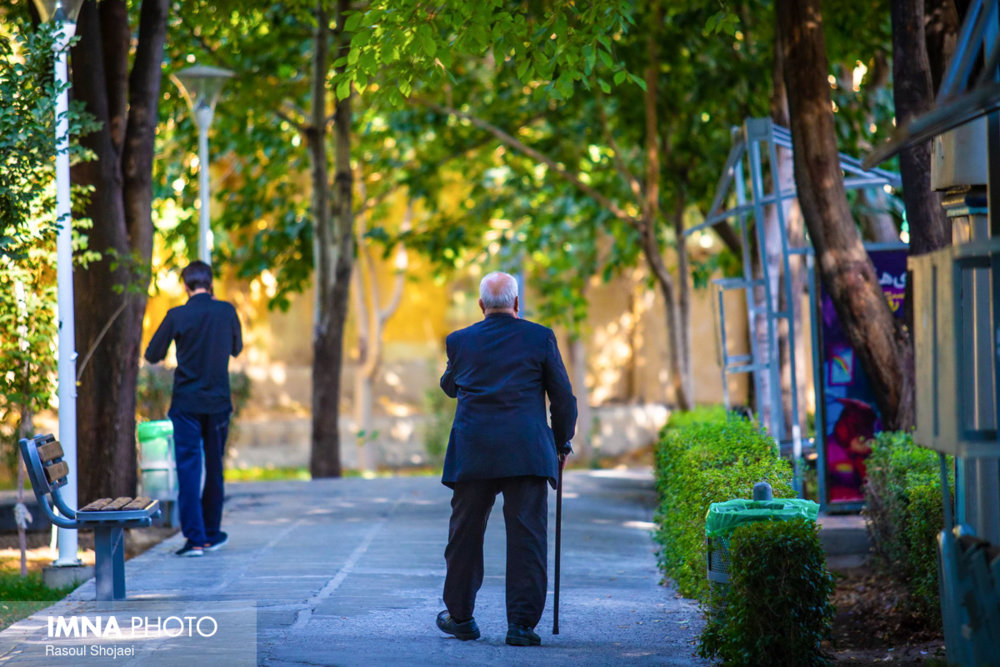
Healthcare system
The aging population also presents significant challenges to the healthcare system in Iran. Older individuals often require more specialized and long-term care due to age-related health conditions. This necessitates the development of comprehensive geriatric healthcare services, including specialized clinics, rehabilitation centers, and home healthcare facilities.
Designing Age-Friendly Cities
As the global population in Iran continues to age, it is crucial for urban planners to focus on creating cities that cater to the needs of older adults. Designing age-friendly cities not only promotes accessibility but also empowers older adults to commute independently.
Pedestrian-Friendly Infrastructure
Creating safe and accessible pedestrian infrastructure is a fundamental aspect of designing age-friendly cities. Sidewalks should be wide, well-maintained, and free of obstacles. Incorporating ramps, handrails, and tactile paving can assist those with mobility challenges. Adequate street lighting and clear signage also improve visibility and reduce the risk of falls.
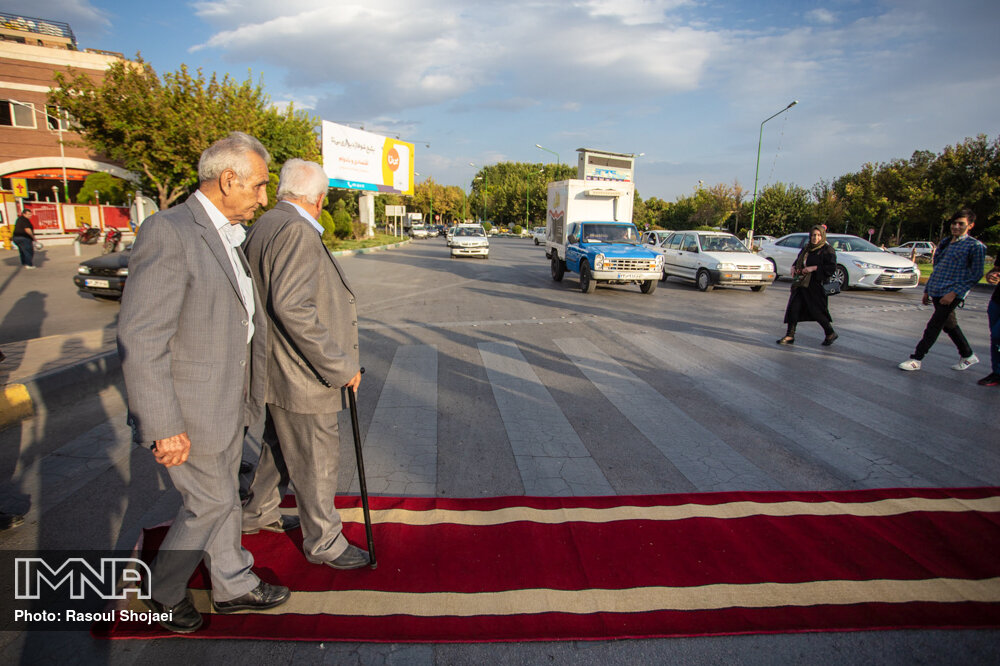
Public Transportation
Efficient public transportation systems play a vital role in enabling older individuals to travel independently. Cities should prioritize the development of accessible bus stops, train stations, and transit vehicles. Features such as low-floor buses, priority seating, and audio-visual announcements can greatly enhance the usability of public transportation for older adults.
Age-Friendly Street Crossings
Designing safe street crossings is essential for the elderly, who may have reduced mobility or slower reaction times. Implementing features like extended crossing times, audible signals, and well-marked pedestrian crossings with tactile indicators can significantly improve safety and confidence for older pedestrians.
Community Engagement and Social Spaces
Creating inclusive and vibrant social spaces encourages community engagement and reduces isolation among older individuals. Parks, plazas, and community centers should be easily accessible, well-designed, and equipped with amenities that cater to the needs of older adults. Seating areas, restrooms, and shade structures should be provided to ensure comfort and convenience.
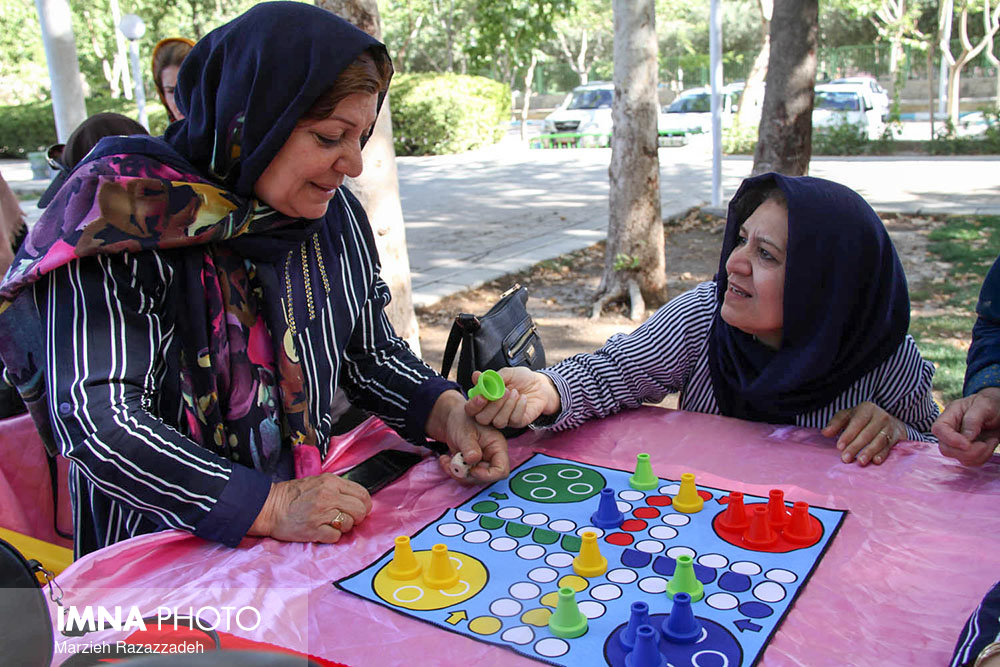
Technology and Digital Solutions
Incorporating technology and digital solutions can greatly enhance the accessibility and independence of older individuals in cities. Smart city initiatives, such as mobile applications for navigating public transportation, pedestrian-friendly mapping tools, and real-time information systems, can provide valuable assistance to older adults when commuting alone.
Age-Friendly Housing
Designing age-friendly housing options within cities is crucial to supporting the independence of older individuals. Appropriation measures such as step-free entrances, wide doorways, grab bars, and accessible bathrooms should be incorporated into residential buildings. Additionally, promoting mixed-use developments that integrate housing with amenities such as healthcare facilities and grocery stores can improve convenience and accessibility for older residents.

Designing cities that are accessible and supportive of older individuals is of paramount importance in Iran. By implementing the strategies mentioned above, urban planners, architects, and policymakers can create age-friendly environments that enhance the mobility, independence, and overall well-being of older adults. Such cities not only benefit the elderly population but also foster inclusivity, social cohesion, and sustainable urban development.
Collaborative efforts between healthcare providers, policymakers, and academic institutions are crucial to ensure adequate healthcare infrastructure and resources are in place to cater to the aging population's diverse needs.

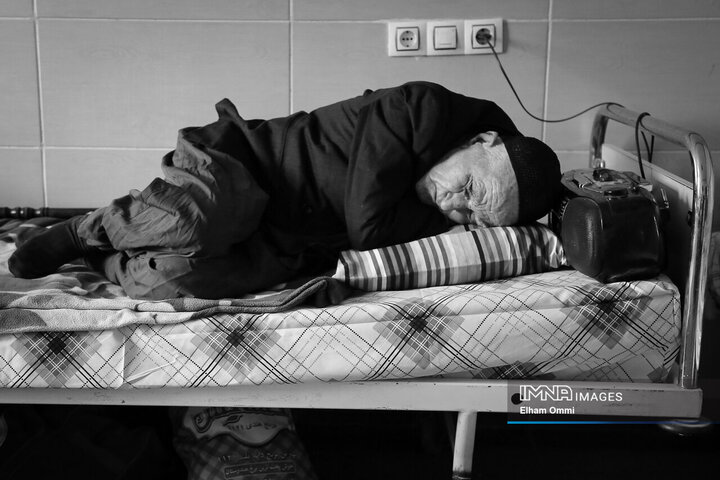
Your Comment